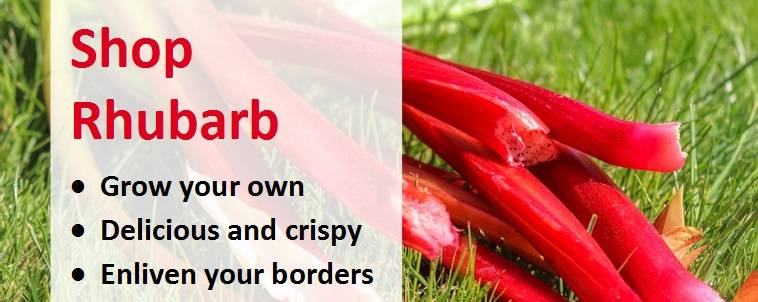How to Grow Your Own Rhubarb
Rhubarb is a tasty, low maintenance perennial vegetable, meaning it dies down in autumn only to bounce back with incredible vigour in the spring. Originating from Siberia where harsh conditions and extreme temperatures are the norm, it is fully hardy and frost resistant; in fact it requires a winter chill period to produce the best crops. Northern England has the ideal climate as its cooler winter and harsh summers make for redder stems. Rhubarb plants are the ideal choice for novices and first time vegetable growers as they are very forgiving. One large clump will provide a good crop and give you a tasty treat when little else in the garden is ready to harvest. It is also quite a sight in the vegetable garden with its large, distinctive leaves and striking red stems. Rhubarb plants make an excellent investment; with a little care and attention, they will be trouble free and provide a plentiful harvest for up to 20 years without needing to be replaced.
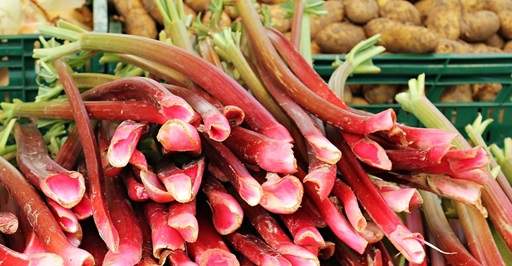
Rhubarb stalks at farmers' market
People started eating rhubarb regularly in the 19th century, prior to which time it was a novelty more likely to be used for medicine than culinary purposes. By 1815 rhubarb stems had become popular for culinary uses, particularly in desserts. Forced rhubarb, grown in West Yorkshire, took off with the development of the railway system which meant that the London markets could sell a crop that had been harvested within hours. Today, rhubarb is 'forced' (meaning to bring forward the cropping time; more details later) under cover of darkness in a nine square mile growing area known as the 'rhubarb triangle' between the towns of Wakefield, Morley and Rothwell in West Yorkshire. This area is ideal for rhubarb production: fertile ground, plenty of rain and an ample supply of ash/soot for soil improvement. The rhubarb stems in this commercial growing area are harvested using candlelight to prevent too much light from reaching the stems and spoiling the quality.
Recommended Rhubarb Varieties
The best rhubarb varieties are:
Rhubarb Victoria - a good cropper producing juicy, medium-sized, green-pink stalks with an excellent balance of sweetness and acidity. The stalks hold together well when cooked and aren't stringy in texture. Hardy and easy to grow, this is one of the best looking and tasting Rhubarbs available.
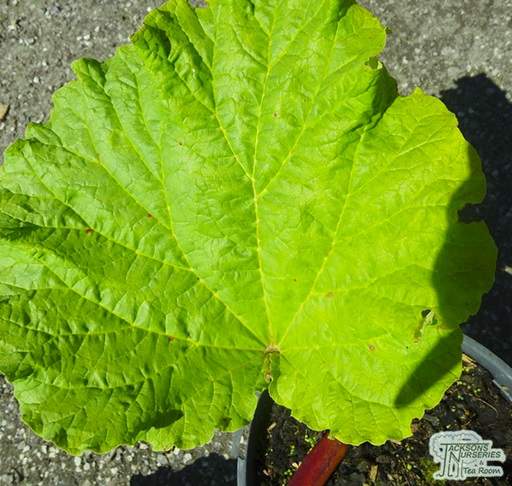
Rhubarb Timperley Early - popular early variety ready for harvesting as early as February outdoors with bright red sticks averaging 60cm long with a delicious, sweet flavour. Easy to grow and long-lived, Timperley Early is an excellent, succulent rhubarb that's good for outdoor production or for forcing indoors and makes an excellent crumble filler.
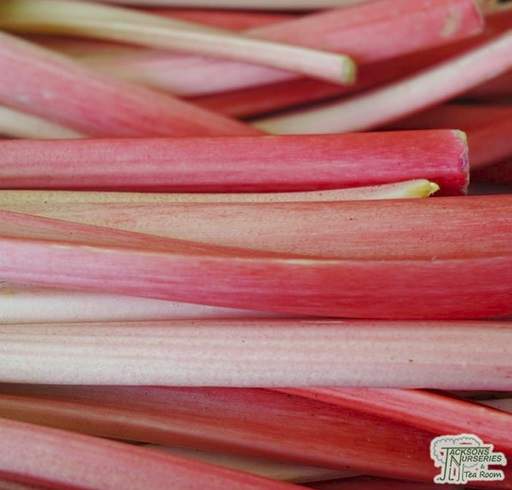
Bear in mind the colour of the stems may change due to growing conditions.
Fruit
Culinary Uses
Home grown rhubarb always tastes far better than anything you'll find in the shops. The best varieties, such as those mentioned above, produce tender, not stringy stems that are versatile with a wonderful tangy taste. Rhubarb is most commonly used to add a gentle tartness to desserts such as rhubarb crumble, rhubarb pie and summery rhubarb fool. There are lots of other classic rhubarb dishes though; it combines well with other flavours in stuffing, sauces for meat and fish and preserves. You can even dip the stalks in sugar and eat them raw. Rhubarb freezes well so if you harvest more than you can use in one go, you can easily save some to enjoy later on in the year.
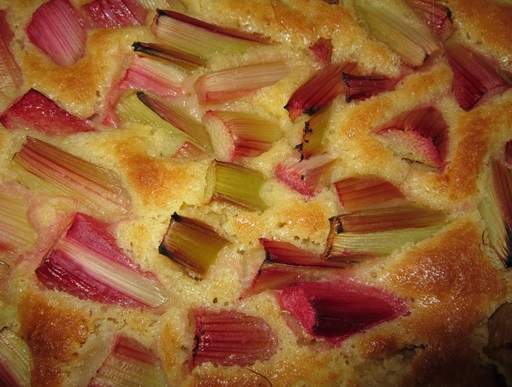
Warning: Rhubarb leaves contain oxalic acid which is poisonous and should not be consumed. However, it can be safely composed with the rest of your garden waste.
Planting Advice
When to Plant
Rhubarb plants can be planted out at any time during the year providing there is not a drought and the soil is not waterlogged or frozen. Rhubarb is best planted in late autumn or spring as at this time the roots/rhizomes will be dormant but the ground is typically more workable than the depths of winter.
Soil
Any reasonably fertile, moist yet free-draining soil is suitable and rhubarb is happy in an acidic soil. Rhubarb crowns develop a deep root system so before planting, dig down deep into the soil and mix in a large bucketful or two of well-rotted organic matter such as manure or garden compost, removing any stones you find as you go. Where possible, we recommend doing this around 4 weeks before planting to give the organic matter some time to settle. If you have a heavy or poorly draining soil, create a slightly raised bed for your rhubarb crowns to improve drainage. This will prove useful in the winter when rhubarb rhizomes require a cold and dry environment for dormancy.
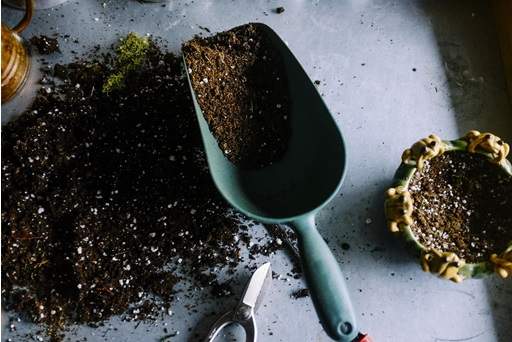
Aspect
Rhubarb prefers an open site in full sun in most places across the UK. A spot with 6+ hours of sunshine per day is best. Rhubarb plants do not like being moved once planted so it's worth spending a little bit of time carefully considering the planting site before you start. Keep an eye on the garden for a few days to determine which areas get the longest days of sunlight to determine the best spot. In the mildest parts of the very south of England, rhubarb benefits from light shade, although stems will be longer and thinner.
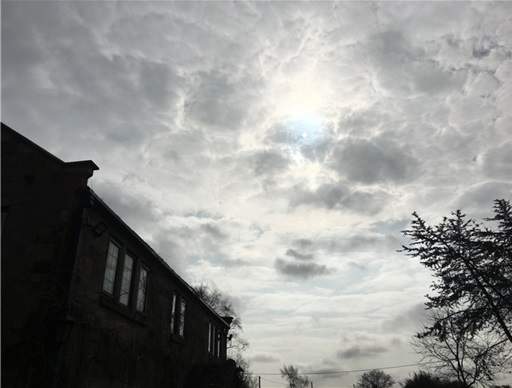
Spacing
Spacing should be 75cm apart for smaller varieties and up to 1.2m for larger ones. For example, Rhubarb Timperley Early should be planted with 75cm between plants and 75cm between rows whilst Rhubarb Victoria, which grows larger, should be planted with 1.2m between plants and 1.2m between rows. This may seem a lot when planting relatively modest plants in containers or root/rhizome blocks, but bear in mind that many varieties will grow to be large plants and require a lot of space. It's best not to position rhubarb too close to a wall, fence or hedgerow so the growth of the leaves and stalks doesn't become impeded at a later date.
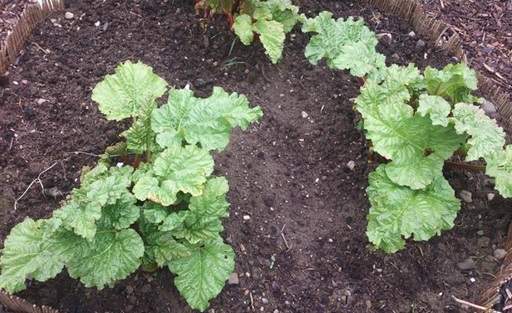
Rhubarb plant spacing
Planting
It is much easier and more productive to grow rhubarb plants in containers or crowns that have been divided from strong, disease-free plants (like the Rhubarb Victoria and Rhubarb Timperley Early plants supplied by Jackson's Nurseries) rather than seed. Rhubarb crowns are established rhubarb plants of at least 1 year old which will produce a crop in the first harvest season after planting. It takes much longer to get a productive plant when growing from seed and the variety is not guaranteed to be true to type. It's a gamble that takes 3 years before you know whether you've succeeded or failed.
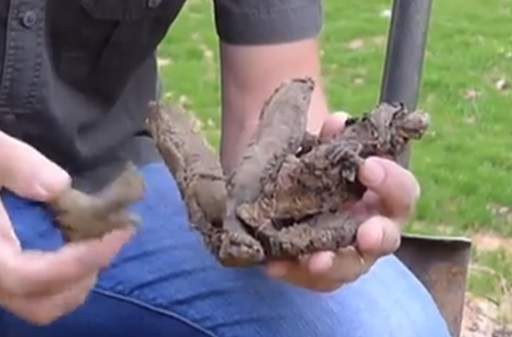
The dormant crown of a rhubarb plant
Start by carefully removing all perennial weeds from your growing area; once your rhubarb has been planted, it will be more difficult to get rid of them. Rhubarb plants are heavy feeders and don't like to be re-located, so you effectively need to add enough nutritious organic matter as possible to sustain the crown until it needs to be divided. Dig a hole a little wider than the rhubarb crown in your prepared bed. Loosen the soil, enrich it will organic matter if you haven't done so already as part of the earlier soil preparation stage and add a handful of bonemeal if your soil is low in phosphorus. Plant your rhubarb plant with the growing point at, or just below, the soil surface for normal soils. If you have a more moisture retentive soil, planting a little higher with the buds raised slightly out of the soil will help to avoid rotting. When locating crowns ensure they are facing upwards in the planting hole. Gentle firm the surrounding soil around the roots with your fingers to remove any air pockets and water if the weather over recent weeks has been especially dry. Finish by spreading an organic mulch around but not directly over the growing tip.
Container Growing Rhubarb Plants
Planting rhubarb in a large container is a good option if you have limited space in the garden but want to benefit from the exquisite taste of home grown rhubarb. The container should be a minimum of 40 litres to accommodate the large root system of rhubarb plants and should be filled with John Innes No 3 or an alternative loam-based compost.
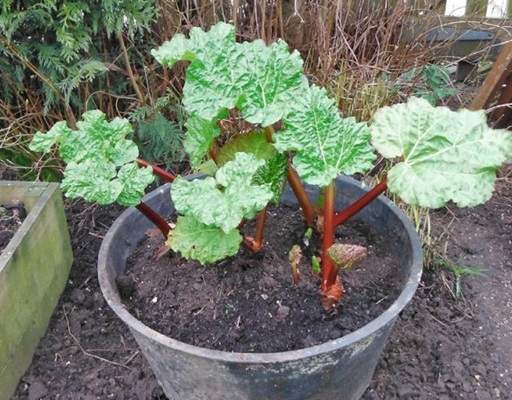
Container-grown rhubarb plants
Garden Care
Growing rhubarb is so easy it's gained a reputation from thriving on neglect and is often left to its own devices in preference to other more demanding vegetables. However, with a little extra care and attention, you can increase your yield and produce better quality stems when little else is cropping in the garden.
Feeding
Sprinkle granules of a slow-release, multi-purpose fertiliser around the base of your rhubarb plants in March, followed by a nitrate fertiliser such as fish, blood and bone in June. Bear in mind that too much nitrogen too earlier on can make rhubarb plants flower which is undesirable unless the rhubarb is an ornamental variety.
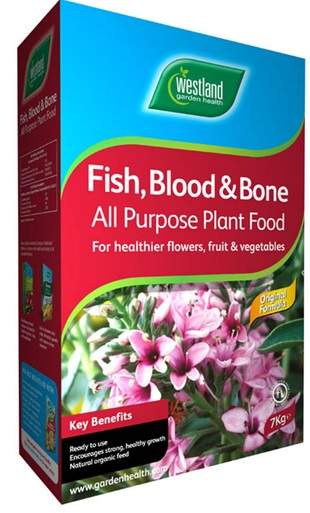
Harvesting
Rhubarb stems are a welcome sight in the garden at a time when few other crops are ready to harvest. Young plants need to establish a strong root system once planted out, so avoid harvesting rhubarb sticks during the first season after planting and harvest lightly in the second (no more than 2 stems per plant is recommended) to avoid excessively weakening your rhubarb plants early on. Thereafter, the sticks of early varieties such as Rhubarb Timperley Early can be harvested as early as February. Finish harvesting stems of mid-season varieties such as Rhubarb Victoria by the end of May and late varieties by the end of August to allow the rootstocks to regain strength and refuel before the onset of winter.
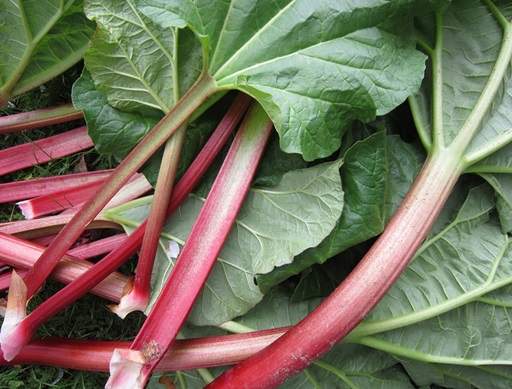
The technique is to snap sticks off by holding them at the base and gently pulling outwards, twisting at the same time; you'll find they detach easily. Pick the largest stems first once the leaves have fully opened. Do not cut sticks off as a clean cut into the flesh of the stems may cause the crown to rot. Sticks should typically be pulled when they are about 25-30cm long, although this varies by variety. We recommend taking one-third to a maximum of a half of stems at a time to avoid excessively weakening your plants for the following season. Usually after 3 years the harvest periods runs for 8-10 weeks and each crown will give you 2-3 pickings, so there's plenty of time to get a good crop without taking everything at once! Be sure to allow at least a few weeks between harvests to allow your rhubarb plants to recover. If the stalks become thin and weak, stop harvesting as this suggests the plants' food reserves are depleted and need to be replenished before further stalks are harvested. If you find your rhubarb stalks have a poor taste and ill-colour, it may be because you've harvested them too late. Try harvesting earlier when the weather is cooler and with more moisture next year.
Weeding and Mulching
The large, distinctive leaves of rhubarb will help to prevent weeds from growing around the plant; nevertheless, it's useful to double-check the rhubarb patch is kept weed free to reduce competition for moisture and nutrients. Insects and diseases won't bother rhubarb plants providing they are kept weed-free. Apply a thick mulch of well-rotted organic matter such as well-rotted manure, garden compost, bark, straw or grass clippings around the base of your rhubarb plants in spring and again at the end of the growing season to suppress weed growth and improve moisture retention. Be very careful to spread mulch around but not touching the rhubarb crowns so as not to bury them. Mulch will also help to achieve rhubarb's preference for a damp summer and a dry winter.
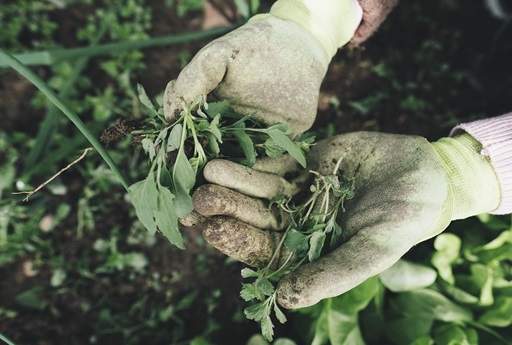
Forcing
Forcing is a simple process that provides an earlier harvest of smoother, sweeter, less stringy stems that don't need peeling. It involves covering your rhubarb plants in December to exclude light and encouraging them to develop sticks earlier than would otherwise be the case. They can be covered with an upturned pot, bucket, old chimney pot covered with a wooden top or even a dustbin packed with straw or shredded newspaper. In fact, anything that provides a little insulation and warmth and shuts out all the light will do. Dark coloured cover objects will be slightly warmer as they will absorb more heat from the winter sun. Nowadays you can buy decorative clay pots that are specifically designed for the purpose of forcing rhubarb.
An alternative method of forcing is to lift some rhubarb clumps in November and leave them outside in the cold for 2 weeks to break the dormancy period. They can then be potted up with compost and left in the greenhouse or a cold room. The roots must be kept damp and it is again important to exclude any light by placing forcing pots or black polythene over the crowns.
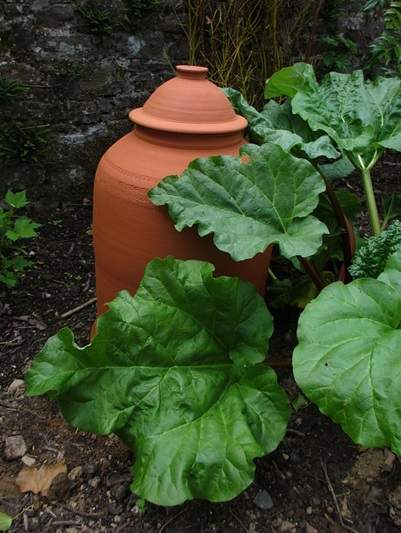
Both techniques essentially involve fooling the rhubarb plant into thinking dormancy has ended and the growing season started a little earlier than would really be the case for uncovered rhubarb plants. The lack of light and the heating effect will cause the rhubarb stems to ripen quickly. The stems of forced Rhubarb Victoria or Rhubarb Timperley Early will be ready to pull around 8 weeks after covering, which may be up to 4 weeks earlier compared to the harvest time for rhubarb plants grown conventionally outdoors (in practice, Timperley Early is so early anyway it is not worth forcing).
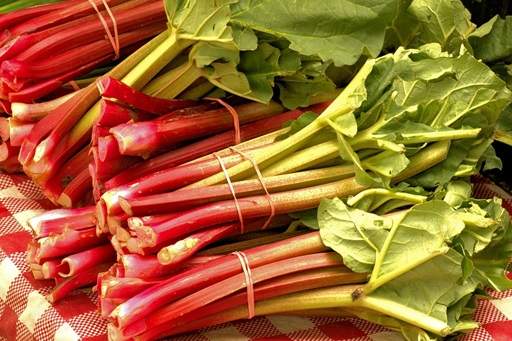
The benefit of forcing is that it results in paler pink stems which are more tender and sweeter to taste. The main drawbacks are that it roughly halves the number of stems that can be harvested and significantly weakens the forced crowns, so should not be done more than once every 3 years for any given rhubarb crown to allow them to recover and grow naturally. In fact, some gardeners choose to discard crowns completely than have been forced using the alternative method outlined above. We would not recommend discarding forced crowns but instead operating a rotation system amongst 3 rhubarb crowns whereby each season a different clump is forced whilst the others recover.
Watering
Water well during periods of dry weather in the summer as rhubarb plants require sufficient moisture. As for most plants, an occasional good soaking is better than a little and often approach to irrigation, although container-grown plants will naturally need to be watered much more often than those grown in the ground. The growth of rhubarb stems will stop earlier if there has been very hot weather in the summer; this effect can be overcome or at least delayed with adequate watering to prevent drought stress.
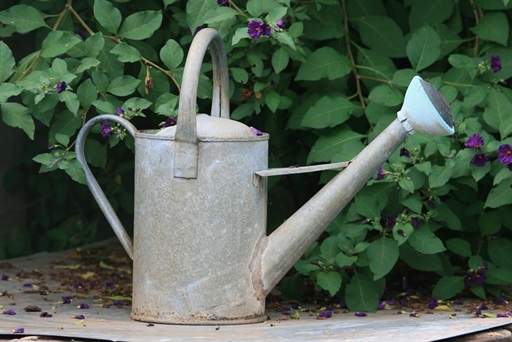
Autumn Tidying
The foliage will die back naturally in the autumn, at which point any dead leaves should be cut away to reduce the chances of rot setting in during damp autumn weather and expose the growing points to the winter cold. Keeping the rhubarb bed tidy will also ensure slugs and snails have no-where to hide. Once the ground has frozen, cover your rhubarb clumps with a thick layer or organic mulch as per the guidance above. This will give your rhubarb clumps a strong start the following spring.
Dividing (Winter)
We recommend dividing established crowns once every 5 years to avoid over-crowding, eliminate any weak portions of the clump and rejuvenate the vigour of your plants. If you find your rhubarb plant is producing lots of thin, weak stems, this is a sign the crown is losing vigour and should be divided. Increasing the amount of feed applied to clumps once they've been replanted will also help. Rhubarb clumps should be lifted and divided between November and March (March is best for colder gardens). Divide clumps into sections each comprising 4-5 buds and retaining a strong root segment using a sharp spade. Careful study of the cluster may reveal old, rotten rhizome and roots. This is a good area to cut through. Be careful not to break off the delicate buds which are easily broken; otherwise the roots are quite tough and will tolerate a bit of rough handling.
The strong portions - normally those around the edges - should be replanted immediately if possible using enriched soil (mixing in organic matter such as garden compost) so the top of the clump is just below the soil surface. It may be helpful to mark the planting spot by positioning a label, stone or stick next to it. Any damaged, decayed or weakened portions should be discarded. If it's not possible to replant segments straight away, protect them from drying and freezing.
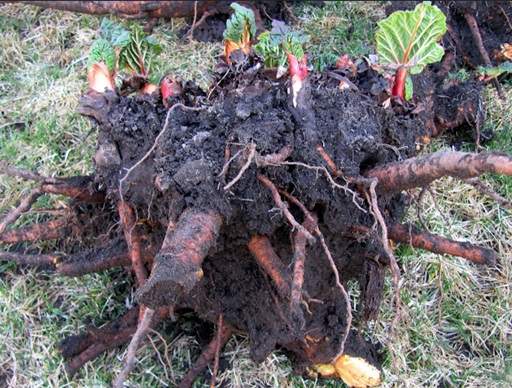
Problems
Rhubarb suffers from few diseases and is extremely hardy. Those that are sometimes encountered are detailed below with suggested solutions:
- Crown Rot- this is the main threat to rhubarb plants, particularly if conditions are wet. It is a fungal infection that occurs at the base of the stalks and causes crowns to turn brown and soften. Crown rot is easily avoided by planting in a well drained soil (in a slightly raised bed if you have a particularly heavy soil), being careful to ensure organic matter does not make contact with the growing tips when mulching and following our guidelines for harvesting (gently snapping off stems, rather than cutting them away). Any crowns struck by crown rot should be dug up and destroyed immediately. If rot is caught early enough the rotten piece of root can be cut away and the rest replanted, which hopefully will save the plant.
- Stems Splitting (potentially releasing sap)- usually caused by irregular growth driven by extremes in seasonal conditions. For example, warm wet periods preceded by cold and dry weather causes the outer part of rhubarb stems to split due to an acceleration in growth. Feeding and mulching your rhubarb plants in line with the guidance above can help avoid this problem.
- Flowers - if there are particularly dry and cold conditions in late spring, or if too much fertiliser with a high nitrate content is used, flower stalks may appear. These are spectacular and would not be out of place in a large herbaceous border. However, they will weaken the crown and sticks if allowed to develop, so should be deadheaded immediately to stop the plant expending energy by producing seeds and instead direct it's energy into growing tasty stems. Deadheaded flower stalks can be safely added to the compost heap. If seeds are produced they sap the plants' energy leaving it in a significantly weakened position from which it may not recover. Avoid over-using high nitrogen feed earlier in the year than is recommended to reduce the likelihood of flower developing. Applying a mulch and watering during periods of drought also help.
- Damaging the Root System - rhubarb has an extensive root system which does not like being disturbed and does not cope well with being moved (an exception is made for necessary division). For this reason, digging around the plant is discouraged. Instead, select your planting site carefully and then leave it alone.
Share this page:

